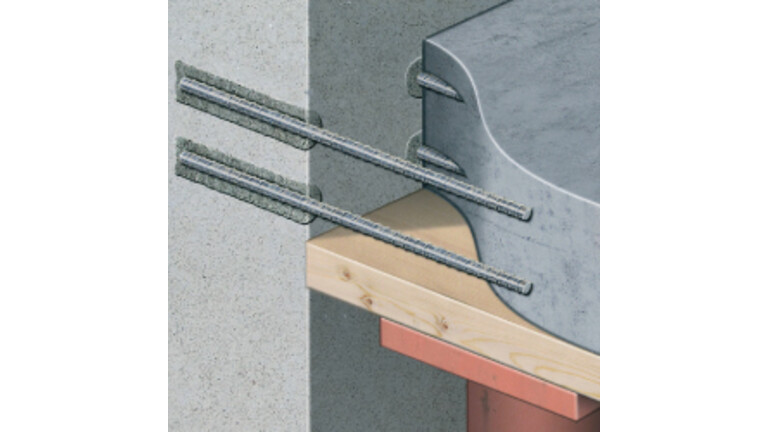Bedding of machine plates
Common issues and queries you can face

Machinery and equipment which have precise tolerances for alignment or require uniform support cannot be placed directly on finished concrete surfaces, therefore grout is poured and plays the role of a load transfer material between machine or equipment bases and their foundations.
The support provided by a grout is the Effective Bearing Area. This can be affected by grout leakage, unlevelled plate, shrinkage of grout, inadequate mixing of grout, wrong placement method, poor grout flow or entrapped air voids. EBA can lead to point loading on the grout which in turn can result in cracking and crumbling of the grout under the baseplate. This could have disastrous consequences on the machine.
Bedding application problems
Voids in the grout
The support provided by a grout is the Effective Bearing Area. This can be affected by grout leakage, unlevel plate, shrinkage of grout, inadequate mixing of grout, wrong placement method, poor grout flow or entrapped air voids. It can result in cracking and crumbling of the grout under the base plate.
Cracks in the grout around the baseplate
Cement grouts rely on expansion to provide the non-shrink properties required of a precision bearing grout. This expansion needs to be confined under the baseplate, but if allowed to expand freely, the grout may crack due to shrinkage. This cracking is often seen where a cement grout has not been finished properly. Epoxy grouts are not affected as much as they have low inherent shrinkage.
Grout not flowing under the baseplate
Rapid installation of machinery is essential. A grout with the poor flow will slow down the process. Some inferior epoxy grouts are cut back with diluents to improve flow but this can lead to excess shrinkage. Sodamco-Weber grouts have been developed to give good flow without any undesirable side-effects.
Step by step solution
weber solution
-
Substrate preparation
Thoroughly scabble the foundation, clean the area between the foundation and machine base-plate, as well as the anchor holes. Build a solid leak-proof formwork. Saturate the concrete foundation with water for at least a few hours prior to pouring. Remove all residual water.
Mortar preparation
The slurry or mortar is obtained by mixing webertec 302 HF with water. The amount of water used varies according to the workability required. Add the powder to the water and mix for 3 minutes. To ensure a homogeneous and uniform mix, an electric mixer must be used.
-
Product application
Pour webertec 302 HF continuously, in one direction to avoid air pockets (by gravity, loading, pumping, and injection). The choice of installation method depends on the grouting thickness and the length of the machine. The grouting thickness must be between 3 and 6 cm for a pure mortar. The larger thickness may be filled by a micro-concrete with the addition of 3/8 aggregate.
Once the mortar starts to set, apply on its surface:
• A curing compound.
• Or, if the configuration and the tightness of the forms allow it, pour 1 to 2 cm of cool water over the surface and leave it there until removal of form fixing.


